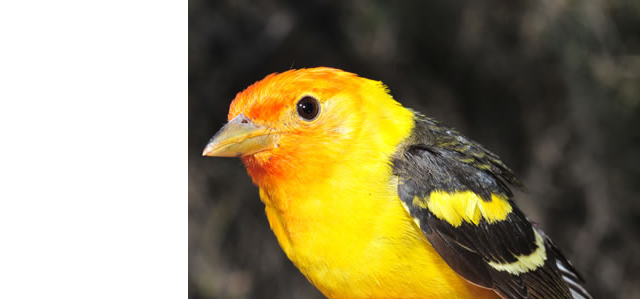
Biology Faculty & Staff Publications
Document Type
Article
Publication Date
1-1-2000
Abstract
Optimization models have been widely and successfully used in evolutionary ecology to predict the attributes of organisms; perhaps the greatest quantitative success is in the area of sex allocation (sex ratio, sperm versus eggs for hermaphrodites, time as a male [female] for a sex changer), where the fact of having only one mother and one father makes Darwinian fitness a simple product of gain-via-male times gain-via-female. Previous work on sex change used the maximization of this male—female product to successfully predict the direction and age (size) for sex change, and that age has been shown to imply a breeding sex ratio biased towards the first sex. This paper unites recent advances in the comparative demography of organisms with indeterminant growth with the theory of optimal sex change to predict some new invariance rules for the relative age (size) of sex change. One of these rules is strikingly confirmed in a long term study of the size-at-sex-change in the northern shrimp, Pandalus borealis, off Iceland.
Publisher
Evolutionary Ecology Research
Volume
2
First Page
1067
Last Page
1071
Language (ISO)
English
Keywords
dimensionless analysis, evolutionarily stable strategy, life history, sex allocation
Recommended Citation
Charnov, E.L. and U. Skúladóttir. 2000. Dimensionless invariants for the optimal size (age) of sex change. Evolutionary Ecology Research 2:1067-1071
